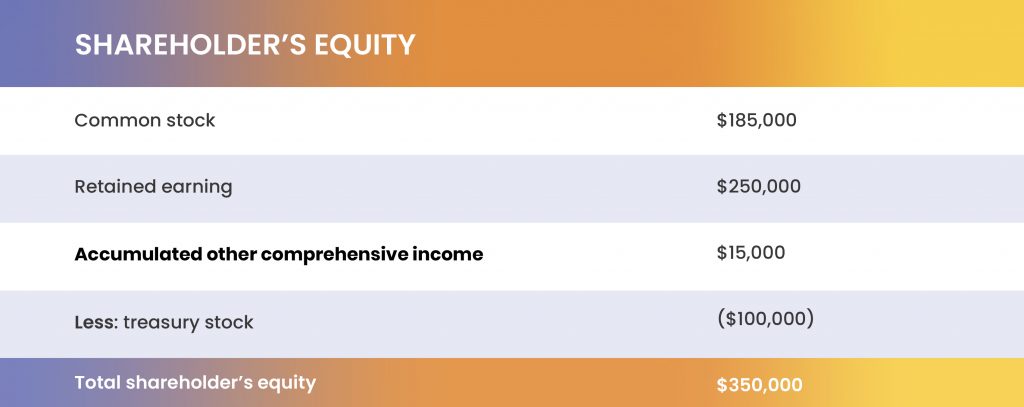30 Dec

Are you familiar with the concept of other comprehensive income? If not, you’re not alone. While many people focus on net income as the primary measure of a company’s financial performance, there’s another important aspect to consider: other comprehensive income. This category of income includes items that are not included in net income and provides a more complete picture of a company’s financial performance. In this blog, we’ll explore the concept of other comprehensive income and why it’s important for investors and stakeholders to understand this concept.
What is Other Comprehensive Income (OCI)?

Other comprehensive income (OCI) is a component of a company’s shareholder equity that includes all changes in equity that are not included in net income. It represents the change in equity that occurs during a period as a result of transactions or events that are recognized directly in equity, rather than in the income statement. These transactions or events can include gains or losses on investments, changes in the value of available-for-sale securities, changes in the value of foreign currency translation, and changes in the value of certain pension and other employee benefit plans.
It is important to note that OCI is not a measure of a company’s financial performance, as it does not reflect changes in the company’s operating activities. Rather, it reflects equity changes that are unrelated to the company’s core business operations.
Components Of Other Comprehensive Income (OCI)

The components included in other OCI can vary depending on the company and its operations, but some common components include;
Changes in the value of certain investments or assets: These may include changes in the fair value of securities or other investments that are accounted for using the fair value option.
Foreign currency translation adjustments: These may arise when a company has operations or assets in a foreign currency and the value of that currency changes relative to the company’s functional currency.
Pension and retirement plan adjustments: These may include changes in the actuarial assumptions used to calculate the company’s pension obligations or changes in the fair value of the plan’s assets.
It is important for investors to understand the components of OCI, as it can provide important information about a company’s financial position and the potential risks and opportunities it faces. However, OCI is not typically included in the calculation of key financial ratios, such as the price-to-earnings ratio, which is based on net income.
Where Is 0ther Comprehensive Income Reported?
OCI is reported in the equity section of the balance sheet and is distinct from net income, which is reported in the income statement.

Importance
Understanding the components of OCI is important for investors because it can provide important information about a company’s financial position and the potential risks and opportunities it faces. For example, if a company has a large amount of gains or losses on investments in OCI, it may indicate that the company has a significant exposure to market risk. Similarly, if a company has a large amount of changes in the value of available-for-sale securities in OCI, it may indicate that the company has a significant exposure to credit risk.
OCI is also important because it can provide insight into the performance of a company’s non-core business activities. For example, if a company has a large amount of changes in the value of foreign currency translation in OCI, it may indicate that the company has a significant exposure to foreign exchange risk.
While OCI is a significant component of shareholder equity, it is not a measure of a company’s financial performance and is not typically included in the calculation of key financial ratios, such as the price-to-earnings ratio, which is based on net income. However, understanding OCI can help investors to get a more complete picture of a company’s financial position and risk profile.
Conclusion
In conclusion, other comprehensive income is an important aspect of a company’s financial performance that is often overlooked. It includes items that are not included in net income and provides a more complete picture of the company’s financial performance. Understanding other comprehensive income can help investors and stakeholders make more informed decisions about the company and its future prospects. It’s important to review the other comprehensive income section of the financial statement in order to fully understand the impact of these items on the company’s financial performance. By considering both net income and other comprehensive income, investors and stakeholders can get a more complete understanding of a company’s financial health.
Marjina Muskaan has over 5+ years of experience writing about finance, accounting, and enterprise topics. She was previously a senior writer at Invyce.com, where she created engaging and informative content that made complex financial concepts easy to understand.
Related Post
Copyright © 2024 – Powered by uConnect



Marjina Muskaan